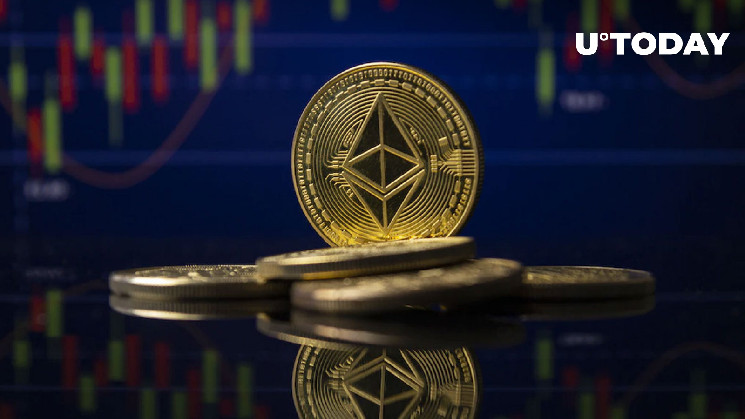Ethereum Roadmap: Ethereum State Expiry, Here’s What It Is and Why It Matters

The amount of resources Ethereum needs to maintain itself is rising by the day and, at a certain point, that burden will increase to infinity, causing serious problems for the network’s stability.
Technically, Ethereum is the World Computer, a platform that exists with the support of thousands of nodes. The node system is what makes Ethereum the network we know: nodes provide the hardware, EVM provides the virtual computer and the blockchain records every transaction made in Ether’s history.
(1/20) @ethereum Roadmap: State Expiry
As the World Computer attracts more use, the amount of resources needed to keep itself running increases. Today, that burden will increase to infinity, eventually crushing the network.
A roadmap to a sustainable Ethereum. pic.twitter.com/LNfEakxE2F
— Haym (@SalomonCrypto) November 3, 2022
The virtual machine is stored in a data structure called a Merkle tree. Its main use is to verify data stored, handled and transferred between computers. Merkle trees ensure the authenticity of data received from other peers on the network.
However, there are some downsides, the most problematic one being scaling. As of today, the World Computer stores the entire EVM, including every entry, account and address going back to its genesis. While storing that amount of data is not causing problems today, it will become a problem in the future, growing to infinity. Luckily, there is a solution called «state expiry.»
With state expiry, parts of the state default become inactive and must be renewed by «touching,» which is essentially accessing the state that will defer expiry. Thanks to the mechanism, the size of the EVM’s state will remain reasonable and make room for new objects.
While the offer to solve existing Merkle tree scaling issues sounds good on paper, implementing it would be a complicated process that would take a lot of time and manpower. However, the most recent transition to PoS proved that anything is possible with Ether.






 Bitcoin
Bitcoin  Ethereum
Ethereum  Tether
Tether  USDC
USDC  TRON
TRON  Dogecoin
Dogecoin  Cardano
Cardano  Bitcoin Cash
Bitcoin Cash  Chainlink
Chainlink  Zcash
Zcash  Monero
Monero  LEO Token
LEO Token  Stellar
Stellar  Litecoin
Litecoin  Hedera
Hedera  Dai
Dai  Cronos
Cronos  Tether Gold
Tether Gold  OKB
OKB  Ethereum Classic
Ethereum Classic  KuCoin
KuCoin  Gate
Gate  Algorand
Algorand  Cosmos Hub
Cosmos Hub  VeChain
VeChain  Dash
Dash  Tezos
Tezos  TrueUSD
TrueUSD  Stacks
Stacks  IOTA
IOTA  Decred
Decred  Basic Attention
Basic Attention  Theta Network
Theta Network  NEO
NEO  Synthetix
Synthetix  Qtum
Qtum  Ravencoin
Ravencoin  DigiByte
DigiByte  0x Protocol
0x Protocol  Nano
Nano  Zilliqa
Zilliqa  Siacoin
Siacoin  Numeraire
Numeraire  Waves
Waves  Status
Status  Ontology
Ontology  BUSD
BUSD  Enjin Coin
Enjin Coin  Pax Dollar
Pax Dollar  Hive
Hive  Lisk
Lisk  Steem
Steem  Huobi
Huobi  OMG Network
OMG Network  NEM
NEM  Bitcoin Gold
Bitcoin Gold  Augur
Augur